What are the types of soil
1. Garden soil
Source: most of them come from vegetable gardens, roadsides and fields
Advantages: it is slightly acidic and has strong ability of water and fertilizer conservation
Disadvantages: the water permeability is too poor, and it is easy to harden after a long time
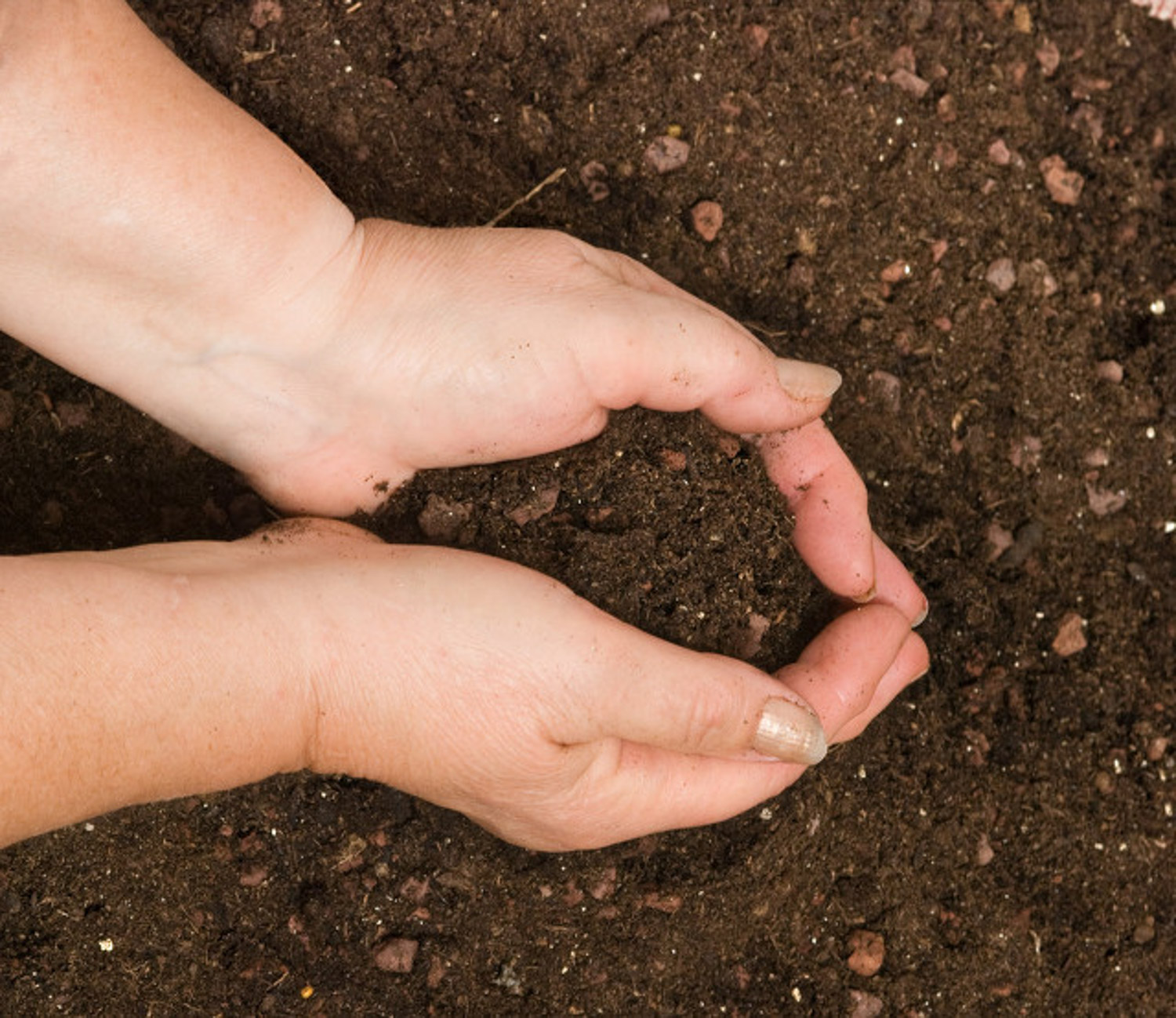
2. Saprophytic soil
Source: forest, bamboo forest and other places
Advantages: leaf rot soil is formed after long-term decay and fermentation of leaves, with loose texture and good water and fertilizer retention
Disadvantages: when collecting rotten leaf soil, insect eggs and bacteria will be brought in. When it is wet, the water permeability is poor and it is easy to rot roots
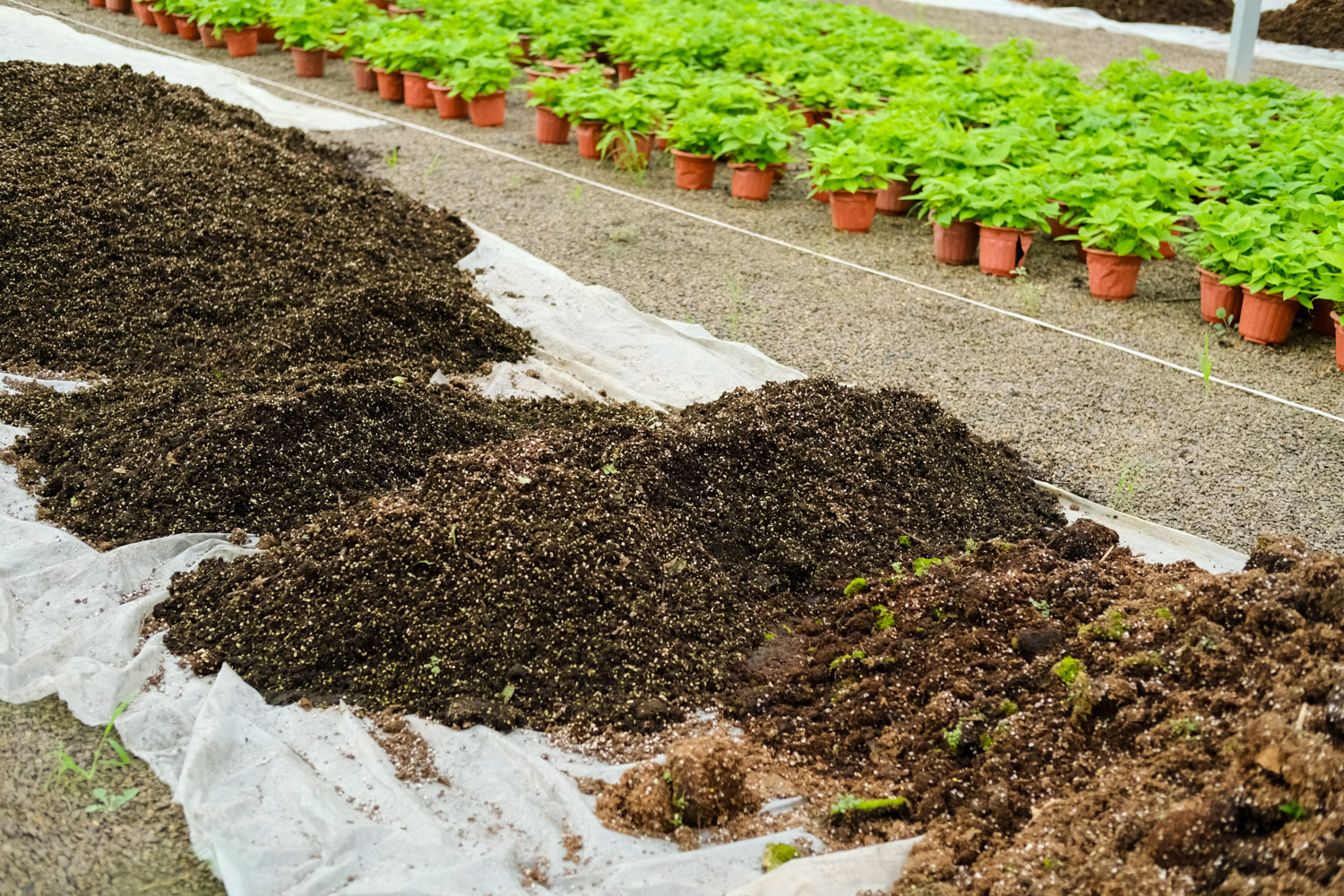
3. Pine needle soil
Source: topsoil under pine, cypress and other trees
Advantages: weak acidity, sufficient nutrients, loose and breathable
Disadvantages: poor water retention
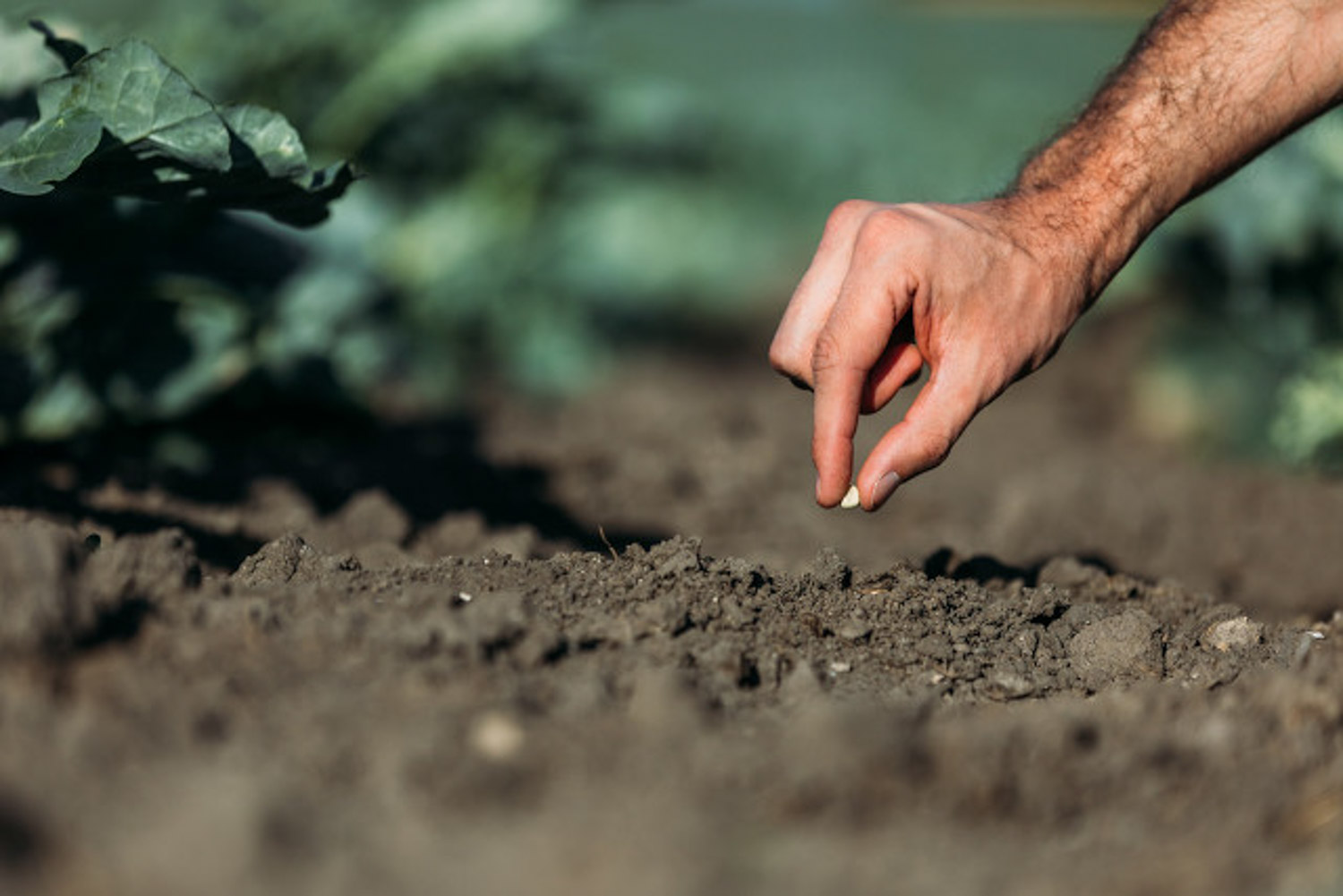
4. Peat soil
Source: fish pond, pond, river and lake bottom
Advantages: sufficient nutrients, soft and breathable, good water and fertilizer retention
Disadvantages: long time will cause soil hardening
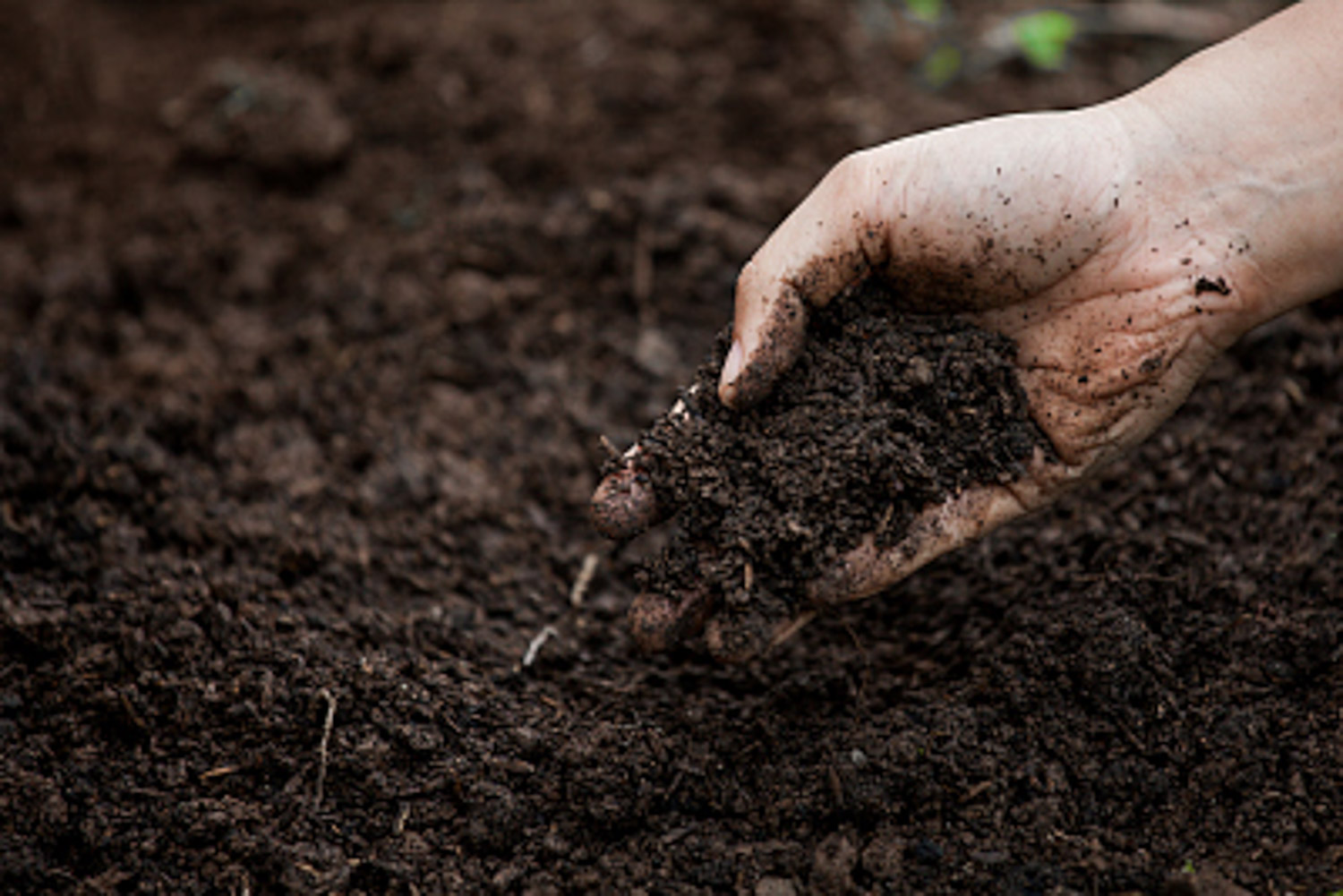
5. Coconut bran
Source: bought
Advantages: coconut bran has very strong water permeability and can completely replace peat soil, and the price is much cheaper than peat soil
Disadvantages: only using coconut bran to grow more meat is easy to lead to fragile and stiff roots
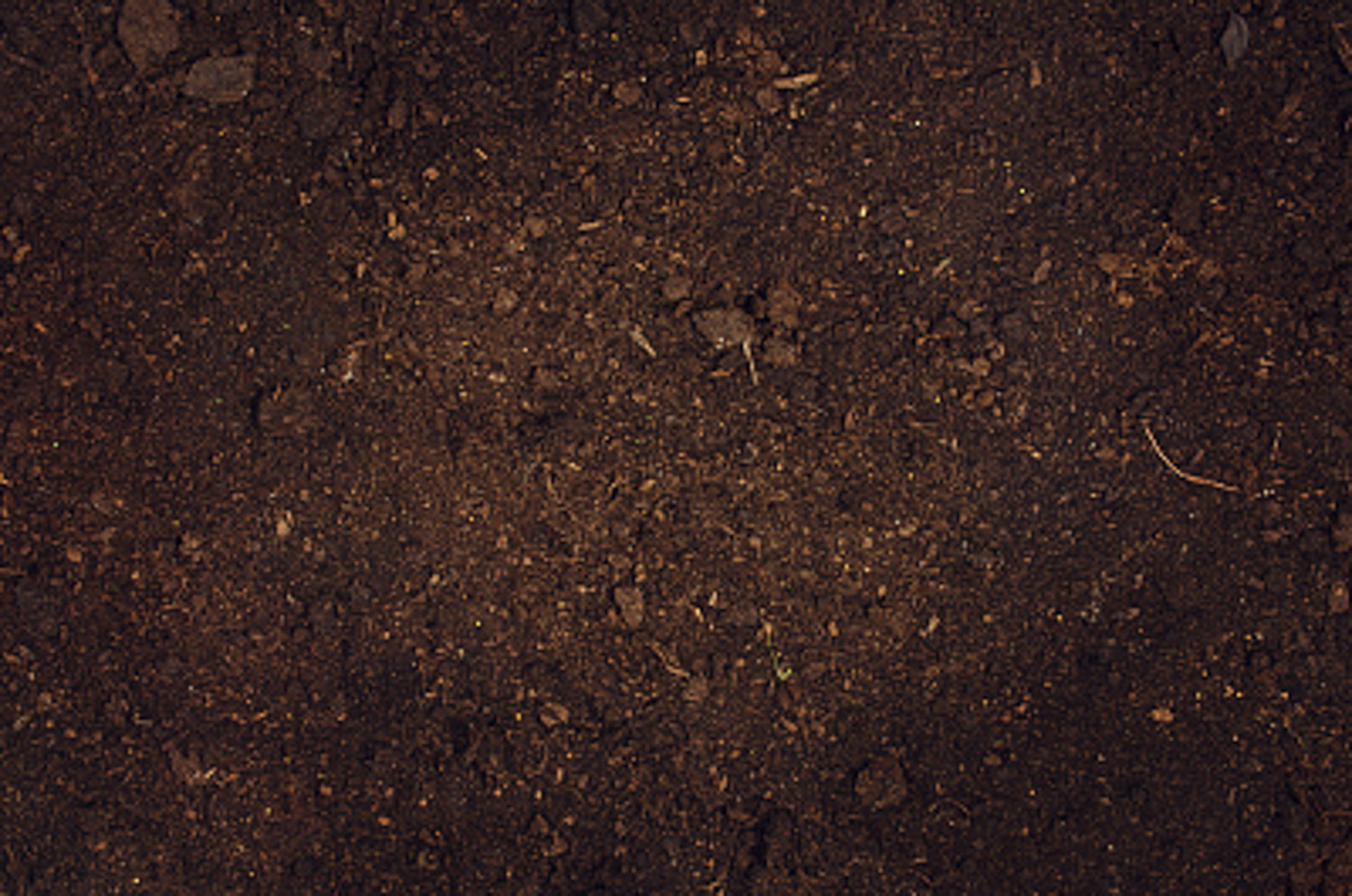
Mix some of this into the soil to keep water, breathe and prevent rotten roots
The soils introduced by Huahua above have their own advantages and disadvantages. None of them can completely raise flowers, and there is no problem at all. Therefore, we need to add something to the soil to make up for the shortcomings of the soil
1. Add some sand to the soil
Sand has very good air permeability and drainage, and is very clean and sanitary. It also contains trace elements such as iron and magnesium, which can be absorbed by flowers, so sand is a very good thing
2. Add some pine bark to the soil
Pine bark has very strong water absorption capacity. It can keep water in the soil and avoid soil hardening. If you add pine bark when raising flowers, you can no longer add perlite and vermiculite
3. Add some sawdust to the soil
Sawdust is the most common thing in our daily life, especially when we decorate our home, we can often see the residual sawdust. Sawdust is also a good thing for raising flowers. It has very good water permeability. It's only better to rot before use to avoid rotten roots
4. Add some perlite to the soil
The water absorption of perlite can reach 2-3 times of its own, and its water permeability and air permeability are very good. After watering, it will slowly emerge on the soil surface and go away as soon as the wind blows, so perlite can also be mixed in the soil
5. Add some ceramsite to the soil
Ceramsite is large and small. Its biggest feature is good air permeability. It is usually padded at the bottom of the flowerpot. It can also be mixed with the soil or spread on the basin surface
How to mix common flowers with soil
There have been so many introductions about flowers and flowers, so there are flower friends to ask. How should the flowers at home be mixed with soil? Today, Huahua will talk to you about this problem
1. Fortune tree, happiness tree and other large plants
Large potted plants such as fortune tree and happiness tree are particularly prone to rotten roots, so the soil must be well drained
Soil proportion: garden soil, organic fertilizer, sand and cinder = 6:2:2:1
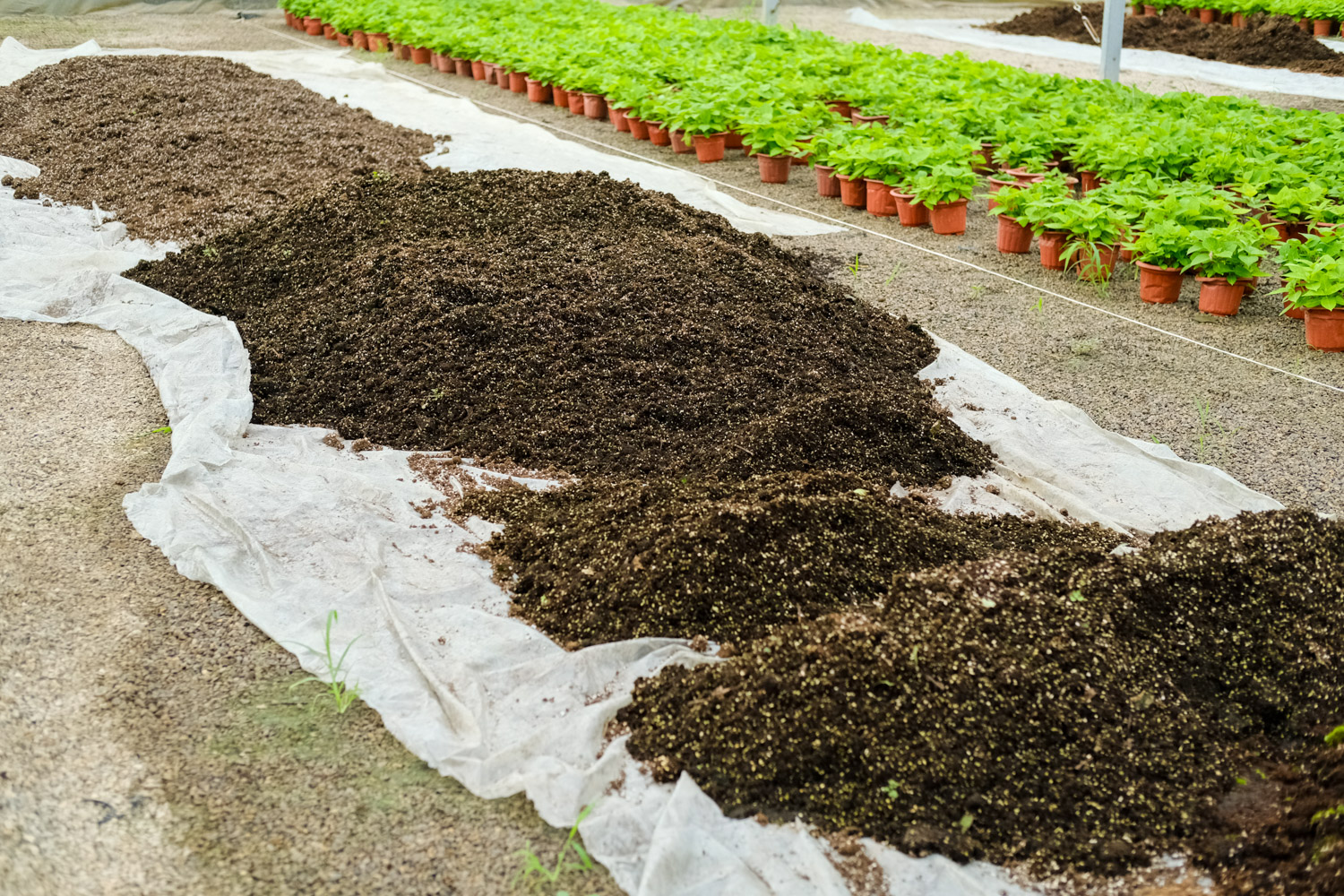
2. Foliage plants such as green pineapple, Chlorophytum and ivy
Seedling stage: rotten leaf soil, garden soil, sand = 4:3:2
Growth period: rotten leaf soil, garden soil, sand = 1:1:1
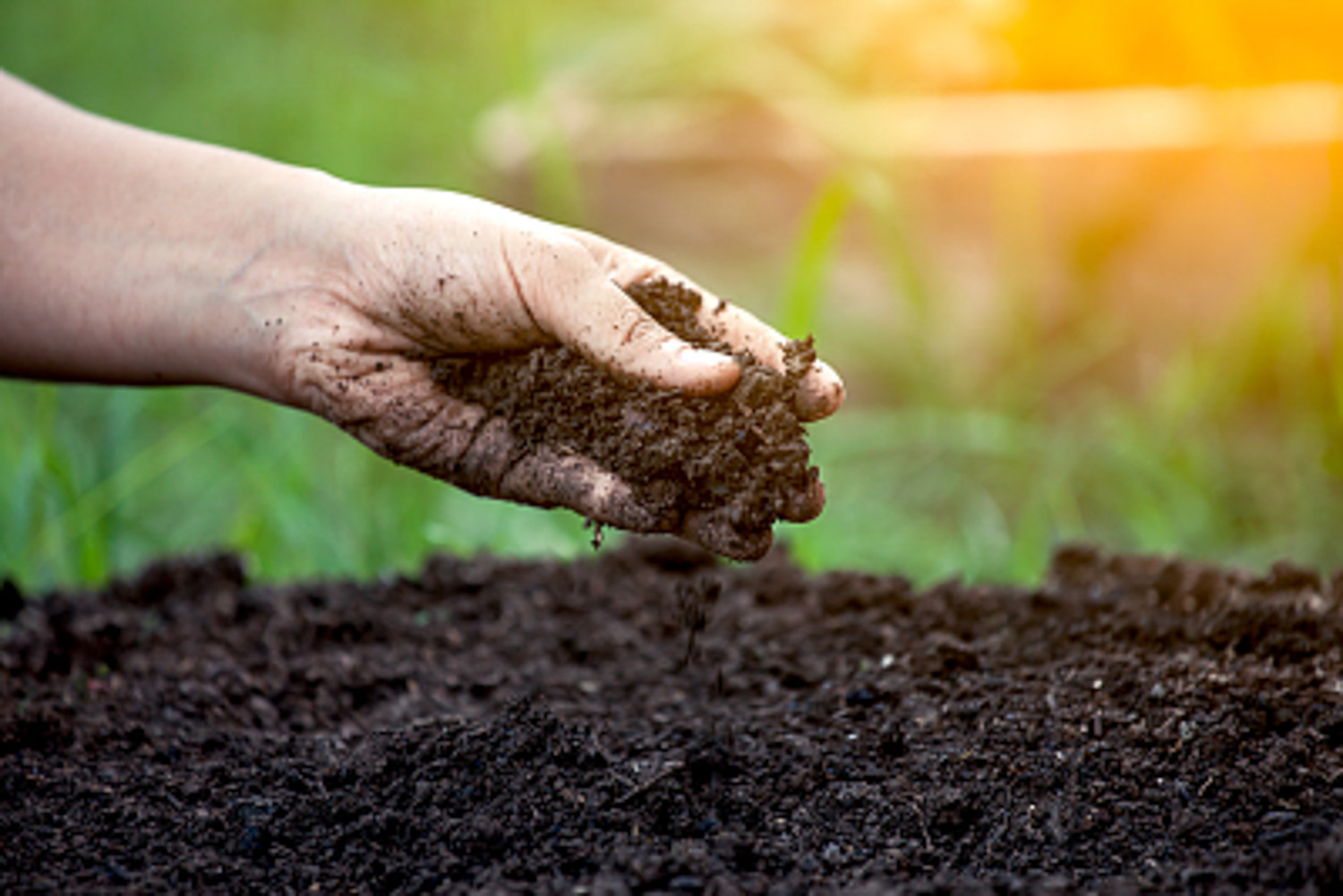
3. Clivia
Mainly raising leaves:
Rotten leaf soil, pine needles, sand, castor (bone meal) = 5:3:1:1
Mainly root cultivation:
Sapropel, pine needles, sand, bone meal, ceramsite (perlite) = 3:4:1.5:1:0.5
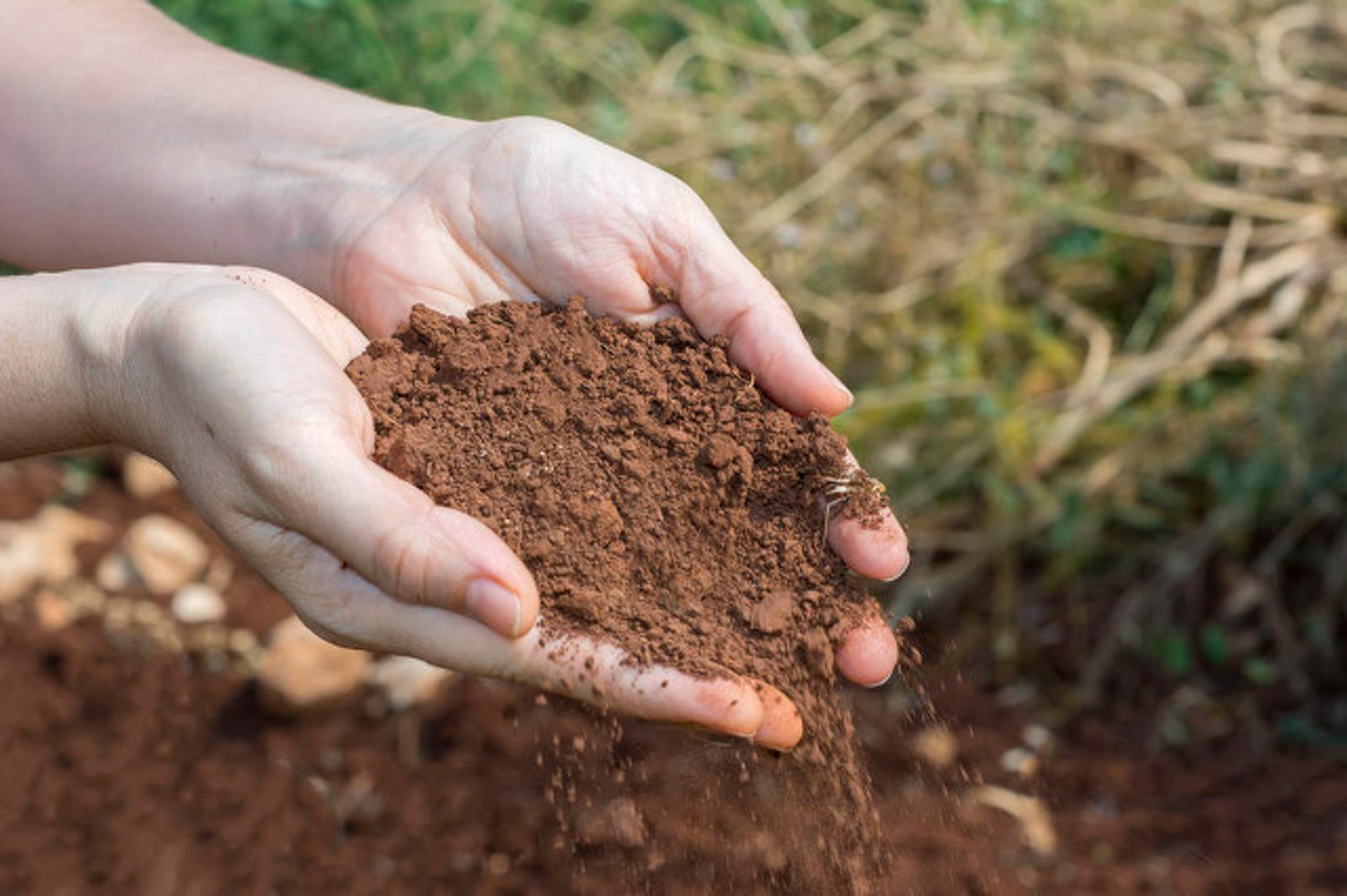
4. Fleshy
Cutting, leaf cutting, decapitation and soil preparation:
Wet weather: Seedling peat, perlite, vermiculite = 3:2:5
Dry weather: Seedling peat, perlite, vermiculite = 2:2:6
Adult soil preparation:
Wet weather: peat (coconut bran), perlite, vermiculite, hematite = 4:1.5:1:3.5
Dry weather: peat (coconut bran), perlite, vermiculite, hematite = 6:1.5:1.5:1
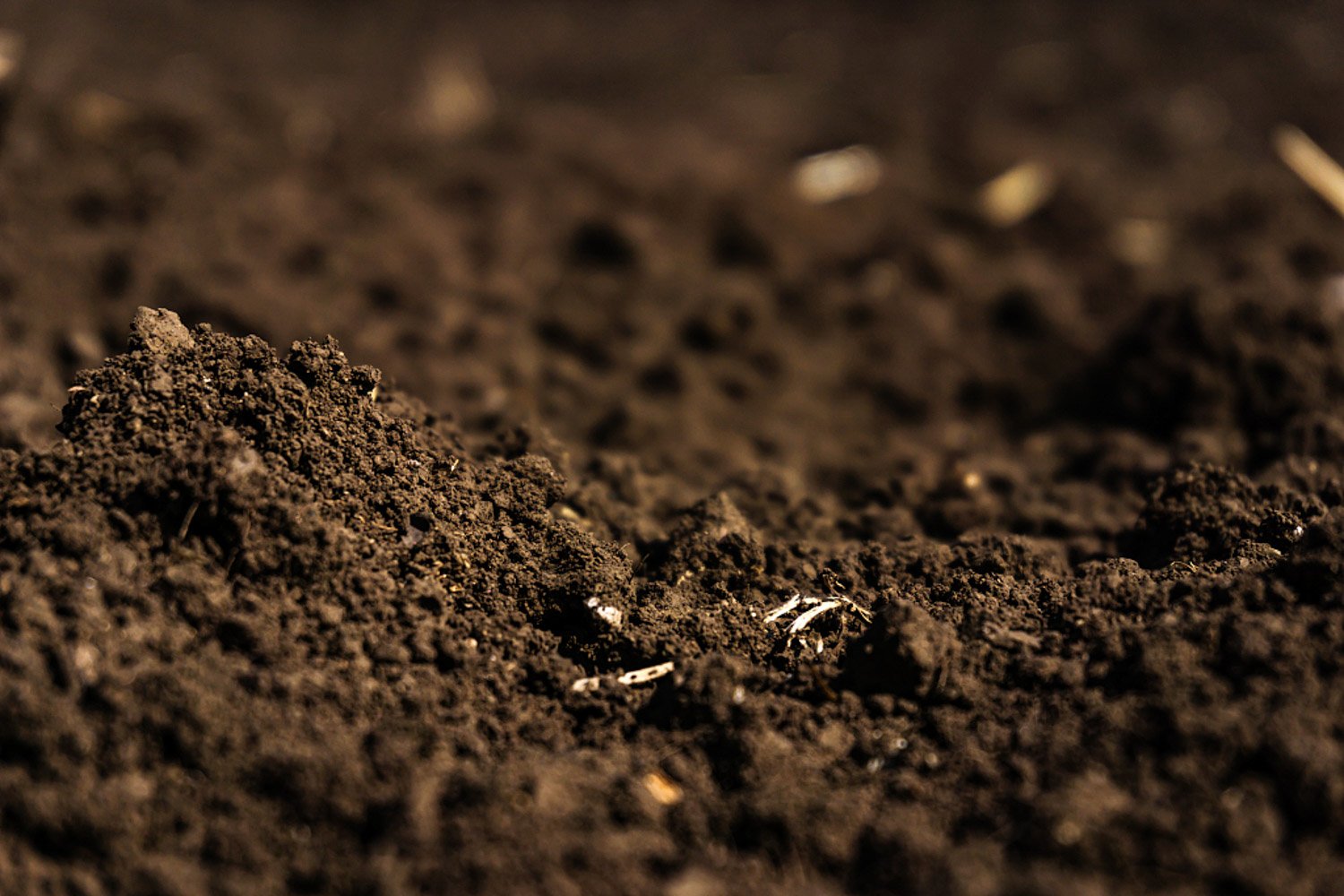
5. Gardenia, jasmine and Camellia like acidic flowers
Soil preparation method I: peat soil, sand and bone meal = 6:3:1
Soil preparation method 2: pine needle soil, sandy soil, garden soil, organic fertilizer = 4:4:1:1

6. Rose
Soil preparation for seedlings and bare root seedlings:
Peat soil, garden soil, vermiculite (river sand, perlite) = 3:1:1
Peat soil, garden soil, vermiculite (river sand, perlite) 1:3:1
Soil preparation for medium and large seedlings:
Garden soil, rotten leaf soil, river sand (vermiculite, perlite), organic fertilizer = 4:3:2:1

7. Petunia, liubeili and other grass flowers with soil
Sowing and soil preparation:
Rotten leaf soil, garden soil, river sand = 5:3:2
Soil preparation for upper basin:
Rotten leaf soil, garden soil, river sand, bone meal = 4:5:1:0.5

These soil preparation methods introduced by Huahua
Have all flower friends learned
If you learn
Don't raise the flowers to death again

 how many times do yo...
how many times do yo... how many planted tre...
how many planted tre... how many pine trees ...
how many pine trees ... how many pecan trees...
how many pecan trees... how many plants comp...
how many plants comp... how many plants can ...
how many plants can ... how many plants and ...
how many plants and ... how many pepper plan...
how many pepper plan...


























